Types of camping: from roughing it to rolling in style
Between these six different types of camping, we’re certain you’ll find something that suits your lifestyle and adventure level
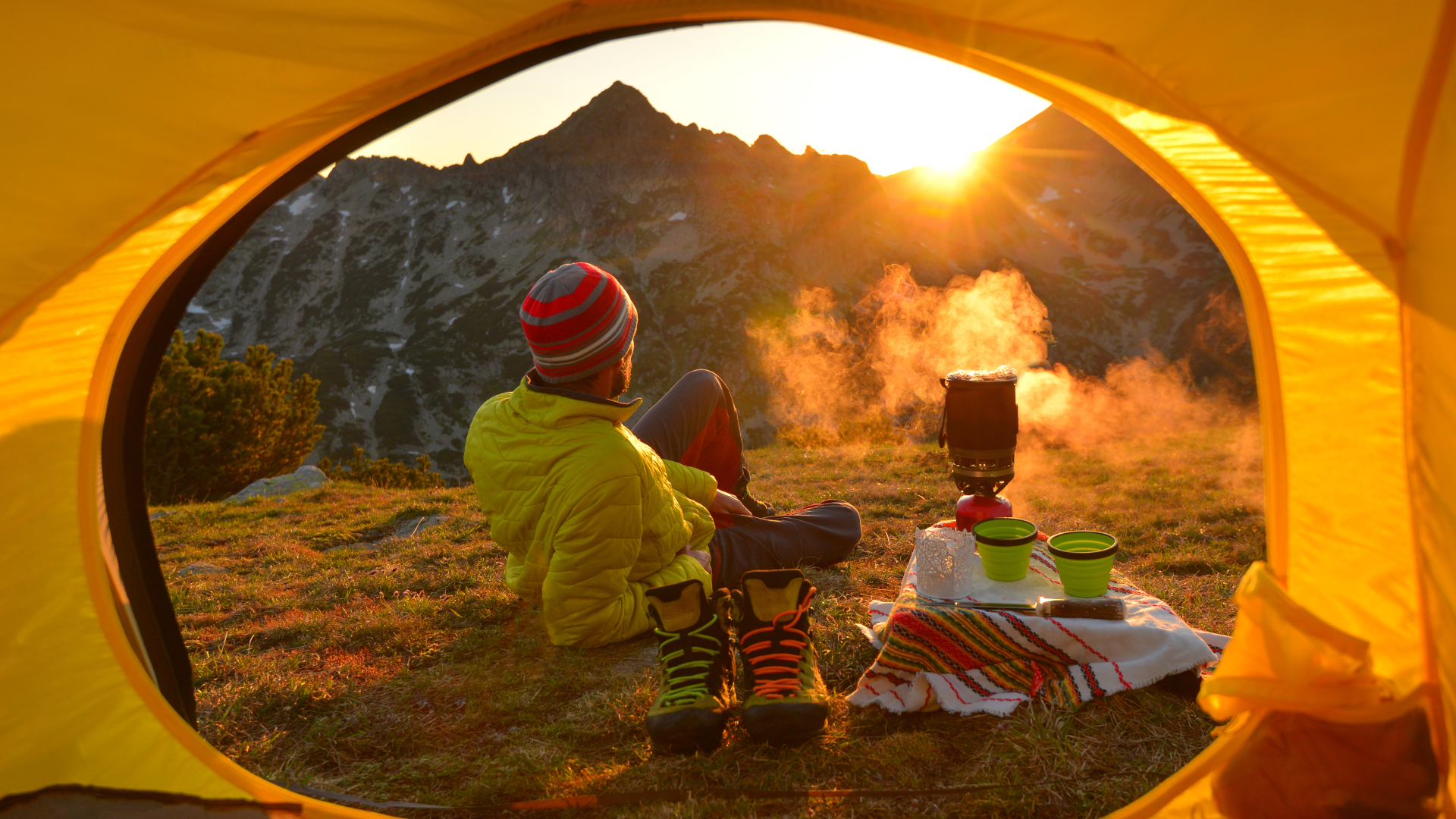
Between the pandemic and a general increased interest in the outdoors, more people are camping than ever before. If you’re one of the millions of people thinking about camping for the first time this year, you might be enthralled by the idea of learning new skills like how to pitch a tent or terrified by the prospect of spending a night on the cold, hard ground. Fortunately, camping has come a long way and there are different types of camping nowadays that meet virtually everyone’s needs and experience, and range from rough and ready to rolling in style.
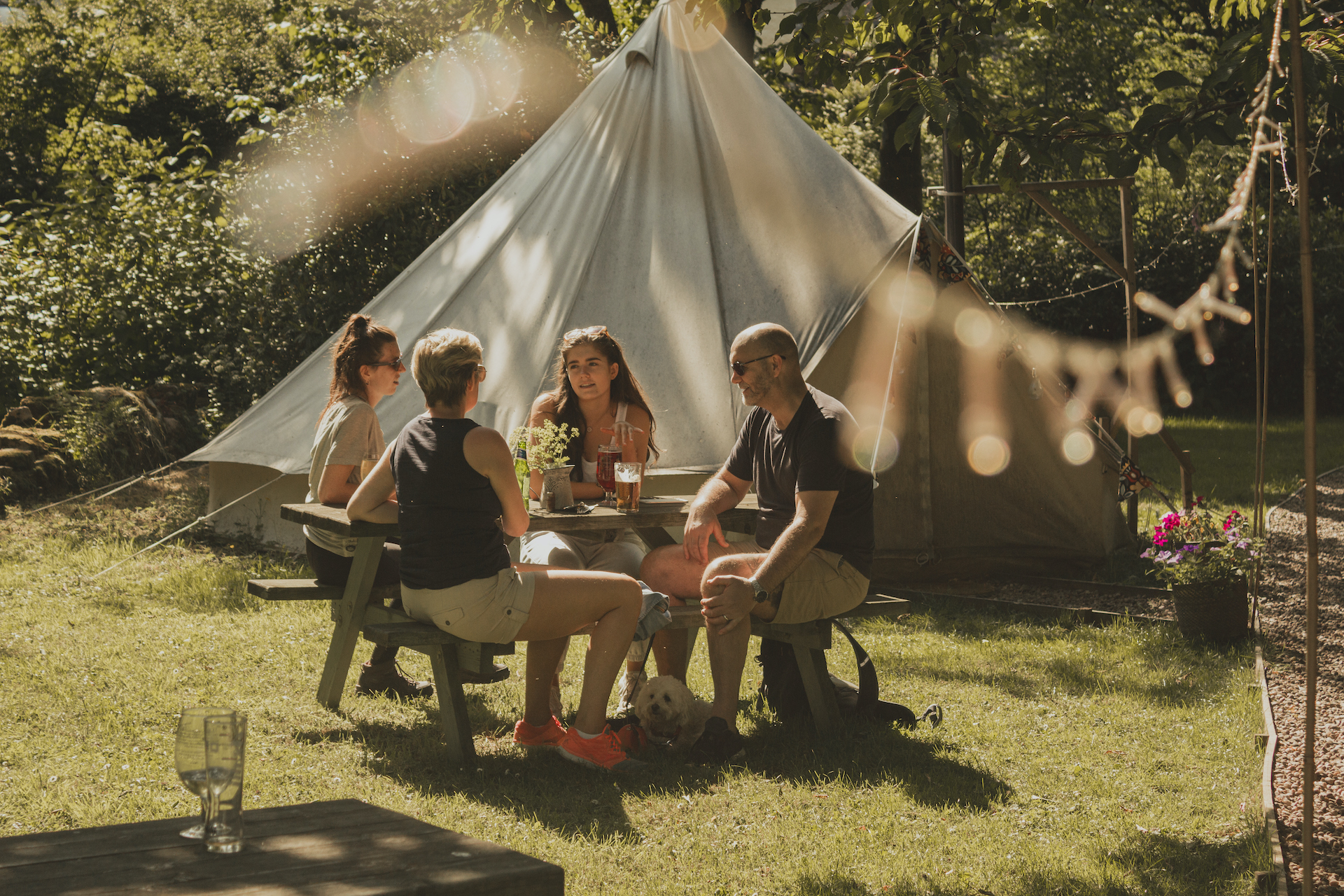
A 2021 survey by Kampgrounds of America Inc found that in 2020, the number of first-time campers in the US increased fivefold over the previous year, but not all of those 10 million campers were having the same experience. Some of those people took the rugged route and relied on their survival instincts while others managed not to forego a single luxury, from air conditioning to showers. Spending time outdoors comes in all shapes and sizes and there are lots of ways to sleep under the stars these days. Wherever you fall on the comfort spectrum, between these six different types of camping, we’re certain you’ll find something that suits your lifestyle and adventure level.
What are the different types of camping?
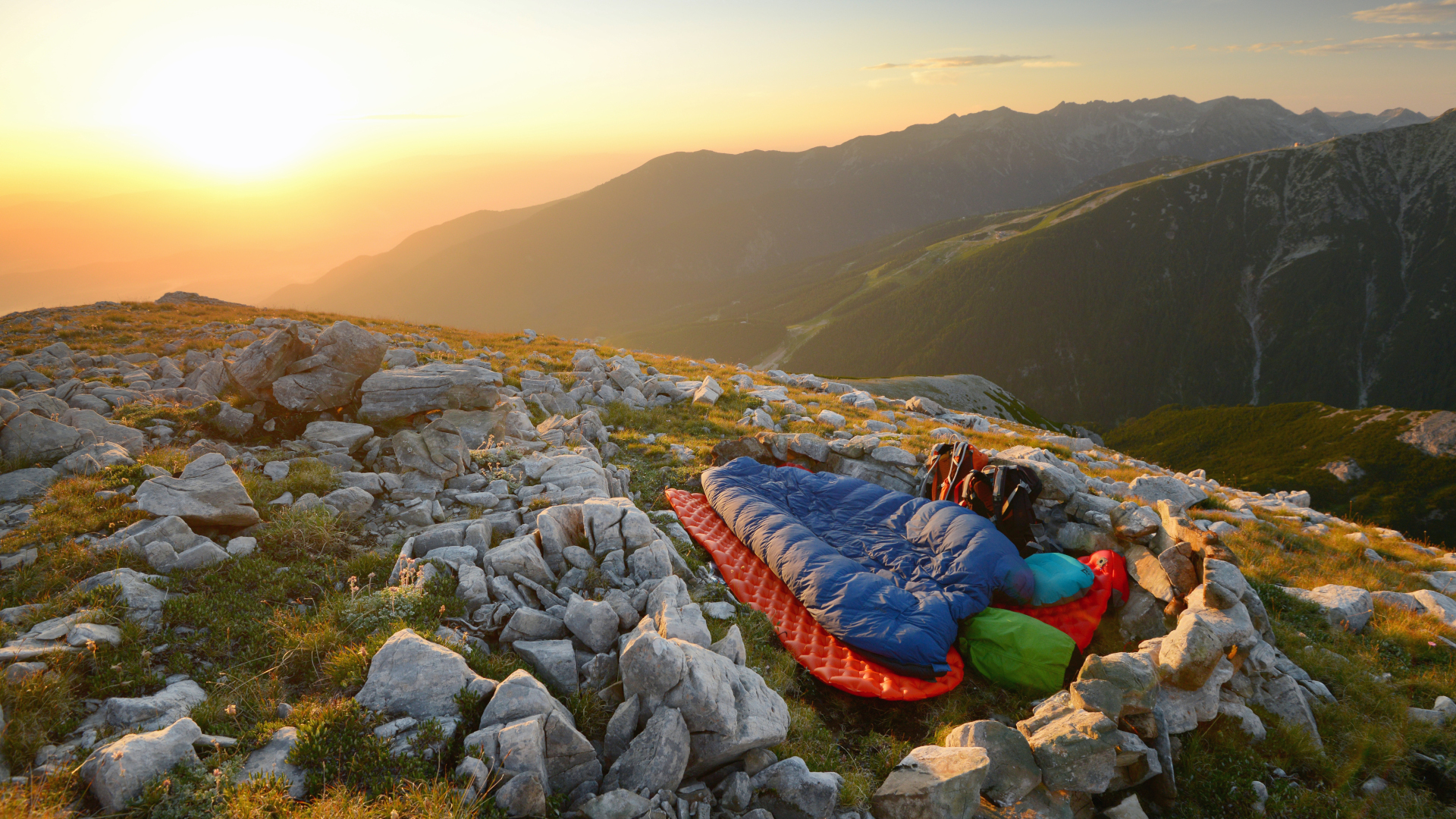
1. Backpacking
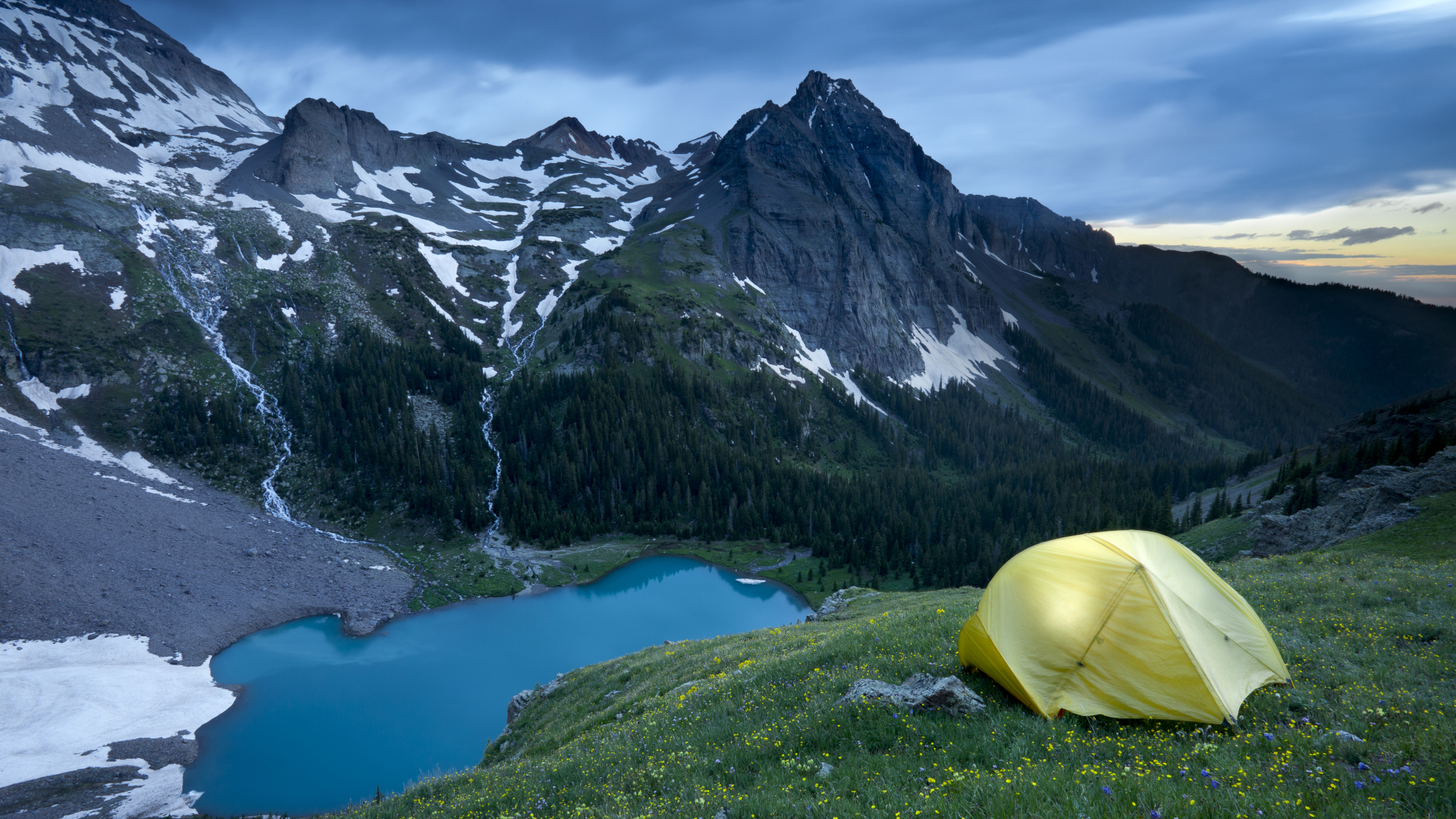
Backpacking is a minimalist's dream. For this type of camping, you load up your backpack with everything you need – that includes your tent, best sleeping bag, sleeping pad, camping stove and food – and hike in to the wild. This type of camping is definitely the most adventurous and provides the least amount of luxury, and will certainly get you to the most beautiful spots around.
You can make things even simpler by going ultralight camping – making sure your pack weighs under 30lbs which might mean opting for a bivy sack instead of a tent, or even by learning how to build your own shelter using natural resources. If you’re heading out for the first time, we definitely recommend going with someone more experienced, and checking out our backpacking hacks to make your lightweight journey as smooth as possible.
2. Car camping
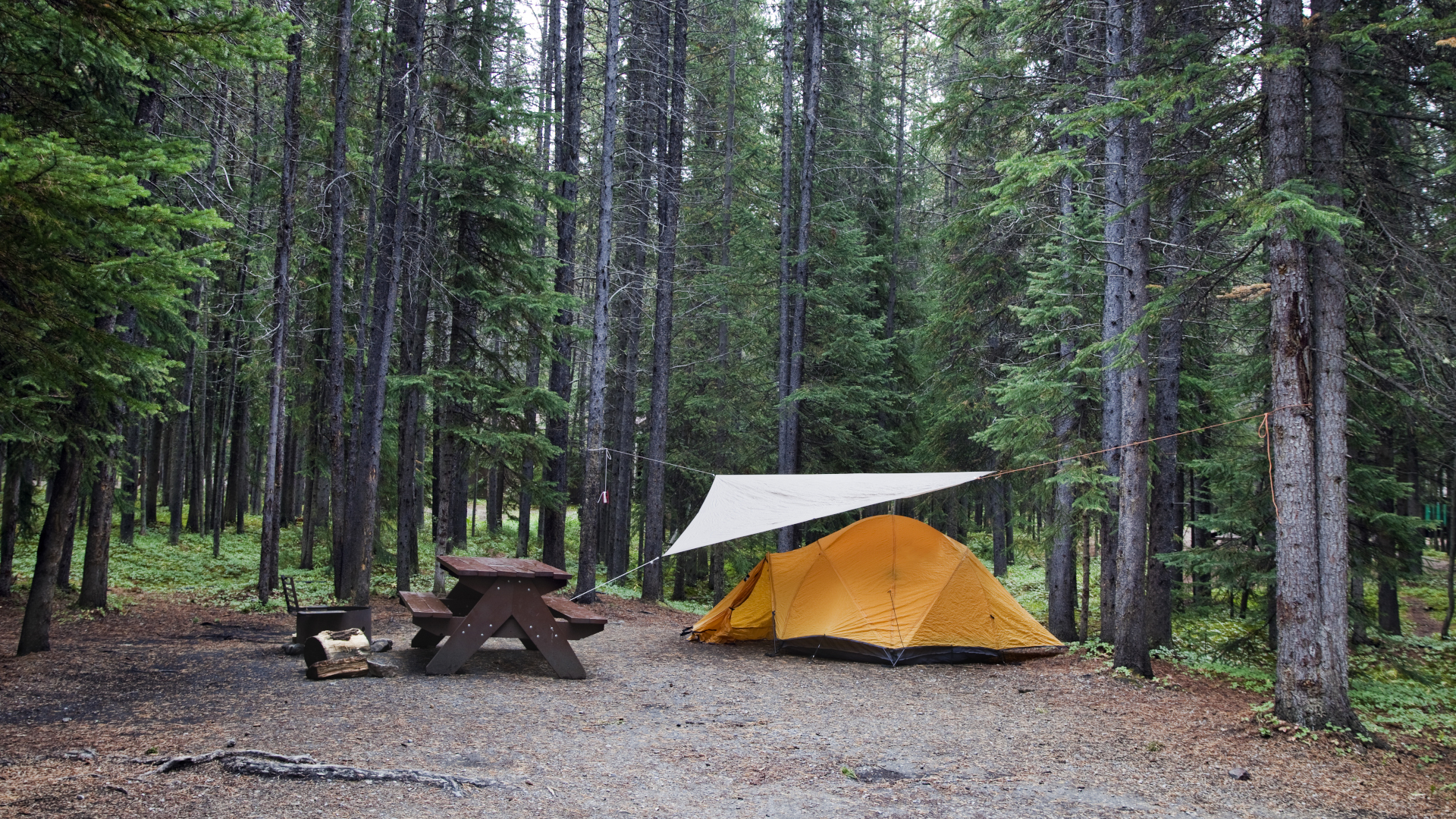
If hiking for miles with your bedroom on your back sounds daunting, you can get to your campsite on wheels instead of your hiking boots. Sometimes called frontcountry camping, car camping usually takes place in a designated campground like a National Park, National Forest or State Park and it allows you to bring some home comforts, like a double burner stove and a cooler full of nice food.
Car camping doesn't mean you sleep in you car. It still requires you to pitch a tent, but you don’t have to hike in or survive on freeze dried meals. To camp in a designated campground, you’ll need to pay and you usually need to reserve a spot in advance, but sometimes you can show up without a reservation. Designated campsites might be primitive – meaning you get a designated spot and perhaps a fire pit and nothing else – or have picnic tables, toilets, showers and conveniences like ice and sundries for sale. You can also go primitive camping on BLM land in the US for free, and wild camping in many parts of the UK.
3. Cabin Camping
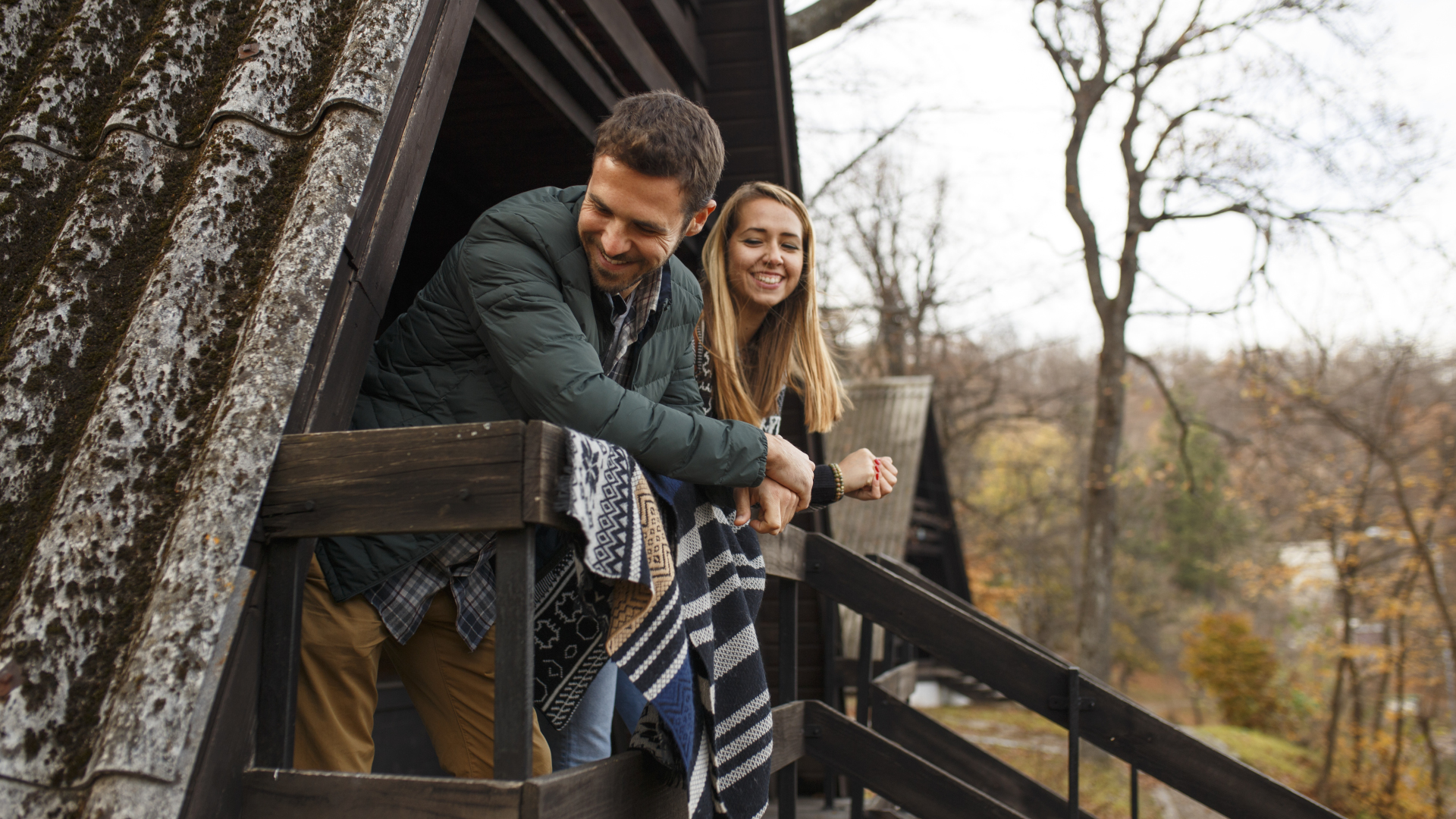
Want a rustic experience but not so keen on the idea of sleeping on the ground? Popular parks like Yosemite and Rocky Mountain National Park have wooden cabins that are basic – you’ll often still need to bring a sleeping bag – but have some conveniences like a bed, water and electricity.
All the latest inspiration, tips and guides to help you plan your next Advnture!
This type of camping can be great for camping with kids, people with certain physical limitations, or if you just want a bit more shelter from the elements (and mosquitos). You’ll need to book most cabins in advance as these are a popular option, but it makes for a really fun trip that’s a bit more adventurous than staying in a hotel and chances are, you’ll have great access to nearby hiking trails and will even be able to have a campfire at night.
4. Glamping
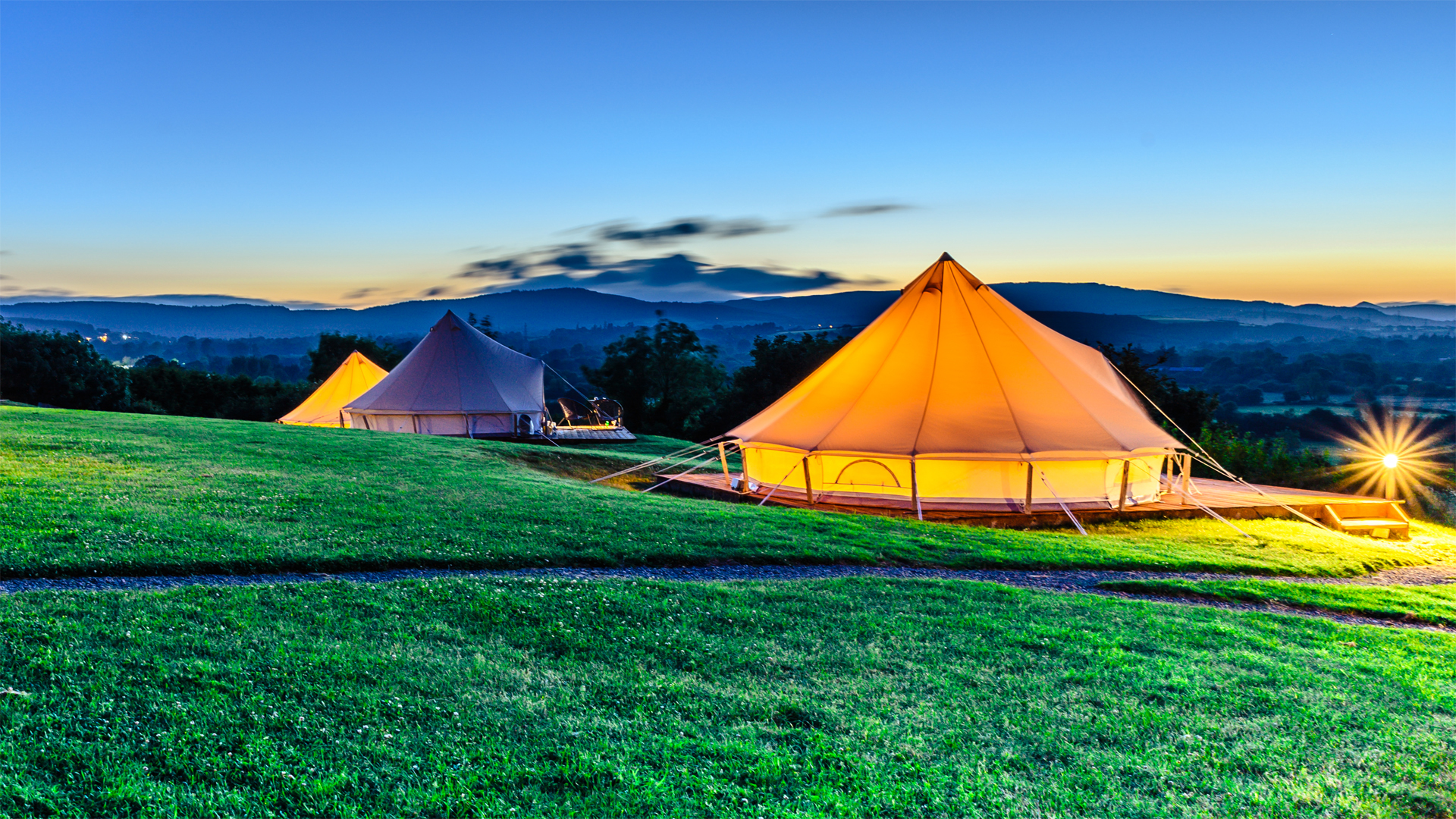
Glamping is a relatively new term to describe the trend of “glamorous camping” where all the basic elements of camping are there – a tent-like structure, access to the outdoors – but there’s a definite luxury vibe and all of the hard work is done by somebody else. Glamping typically involves arriving to find a permanent shelter like a yurt already set up for you. You might sleep in a camping bed and should definitely expect an eco shower and a warm meal prepared for you.
Glamping works really well for group excursions like retreats where there is a mixed level of experiences and not everyone has their own camping gear, but it’s not exactly roughing it. This could be a good entry point for you if you don’t own any gear and want to see if you like sleeping in the outdoors before you commit.
5. Camper van camping

Camper vans have become so popular with Instagrammers in the last few years that “Van Life” has become a bit of a cliche, but people have actually been touring and sleeping in camper vans for decades. This style of camping can range from really basic – meaning a van with back seats that pull down to become a bed – to fairly decadent vans kitted out with full kitchens.
The advantages of van camping areas are that you get to cover a lot of ground, enjoy the convenience of sleeping wherever you park and won’t lose precious time breaking down camp in the morning. You can’t sleep anywhere, but you definitely have more access than people in RVs who can only park in RV campsites.
Of course, this style of camping requires you to be able to afford a camper van, and due to popular demand they are scarce and spendy these days, but fortunately there are adventure outfits who rent these out specifically for people who want a taste of Van Life without going all in on a second mortgage. Check out our article on camper vans vs tents if you’re curious about comparing the two.
6. RV camping
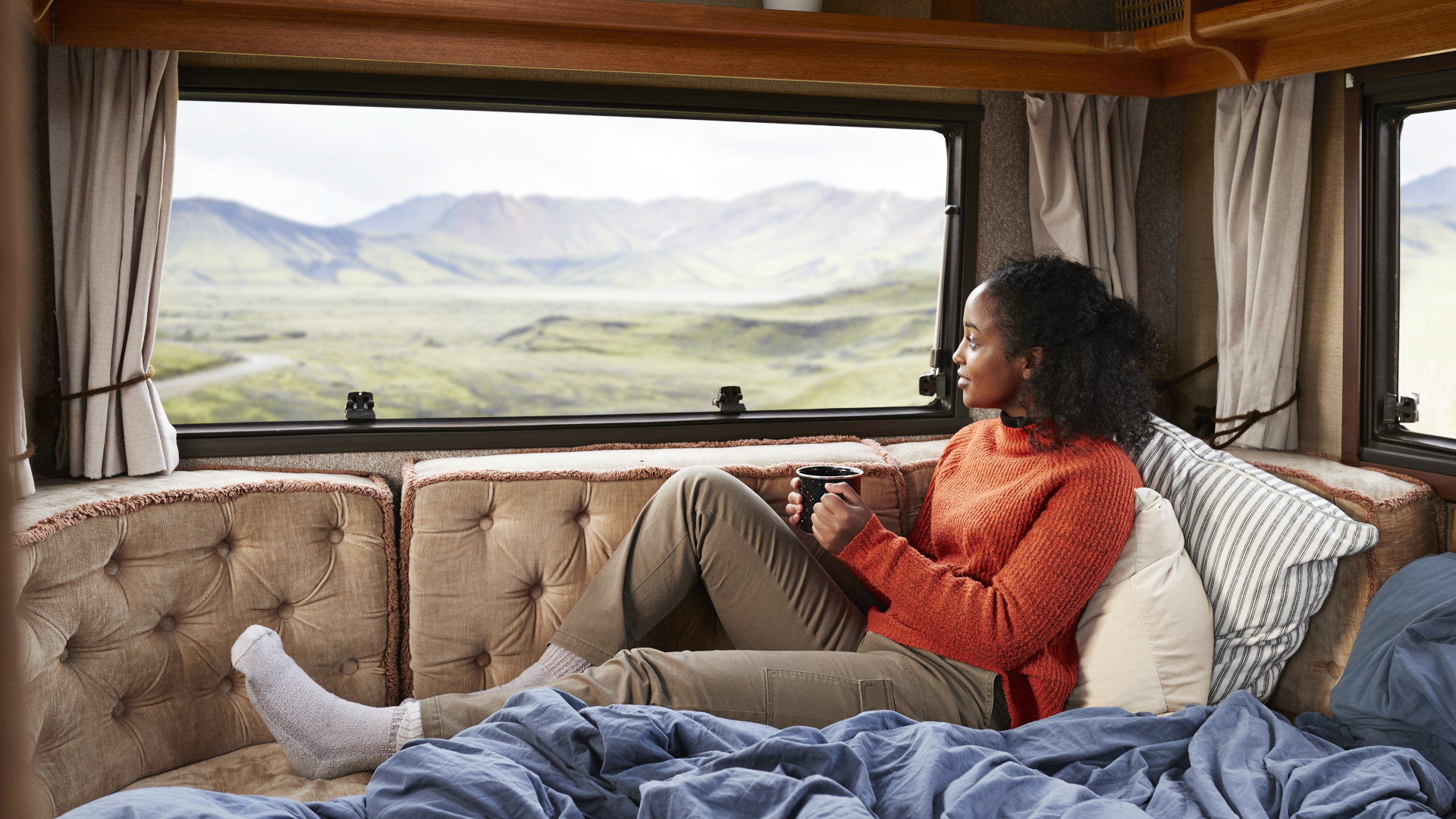
RV camping is in many ways a step up from van camping, at least in terms of amenities, but also more limited in other ways. Short for Recreational Vehicle, types of RVs include motorhomes, caravans, trailers and pop up campers. These vehicles can be owned or rented, often guzzle a lot of gas, and require you to camp in a site designated for RVs.
However, once you arrive, you can hook up to the water supply, take a shower and flush your toilet. You’ll have a kitchen to cook your meals in and a bed to sleep in, so expect quite a bit of comfort in return for the relative cost compared to tent camping. Though you’ll still have to do a bit of packing, unpacking and organizing before and after each trip, you can more or less jump in your RV when you want to explore and avoid most of the breakdown chores when you’re ready to leave.
Julia Clarke is a staff writer for Advnture.com and the author of the book Restorative Yoga for Beginners. She loves to explore mountains on foot, bike, skis and belay and then recover on the the yoga mat. Julia graduated with a degree in journalism in 2004 and spent eight years working as a radio presenter in Kansas City, Vermont, Boston and New York City before discovering the joys of the Rocky Mountains. She then detoured west to Colorado and enjoyed 11 years teaching yoga in Vail before returning to her hometown of Glasgow, Scotland in 2020 to focus on family and writing.

